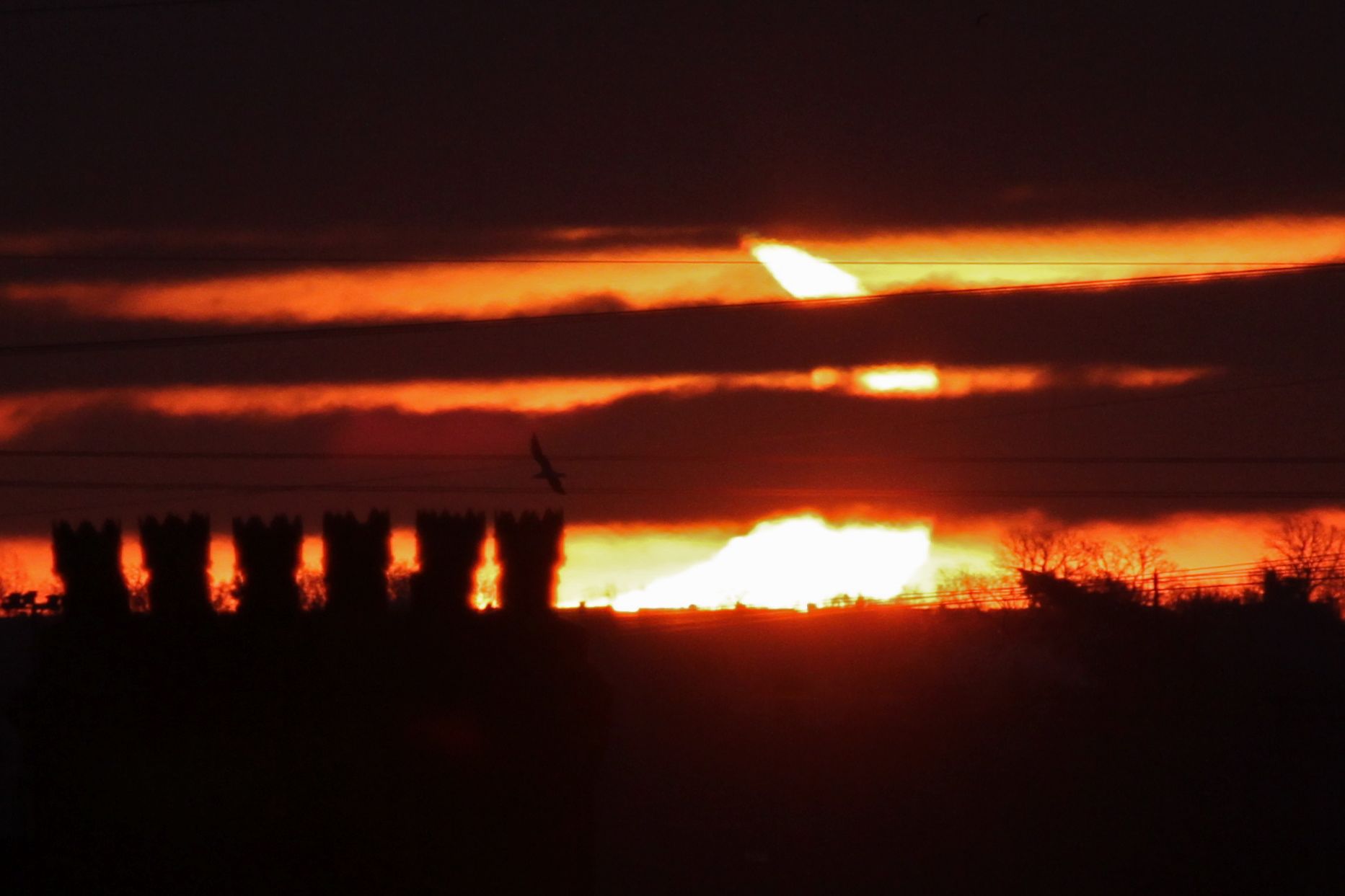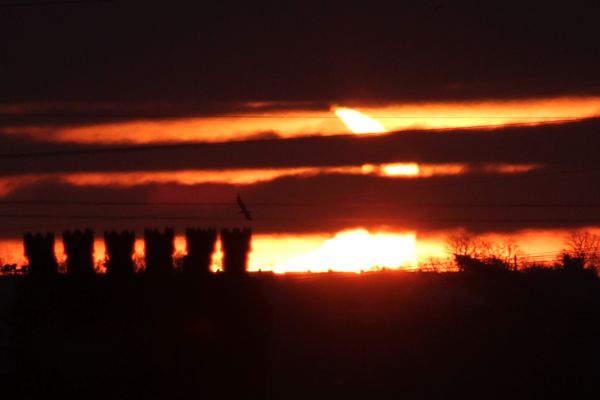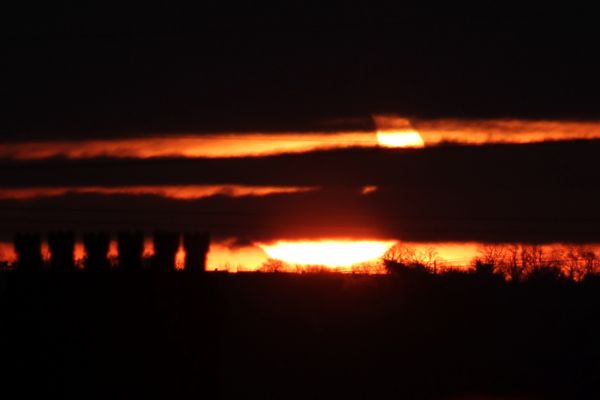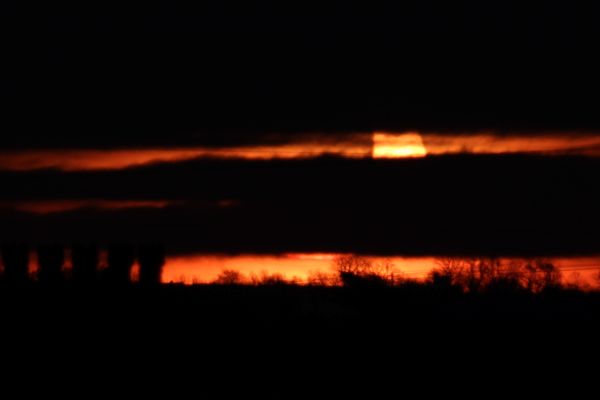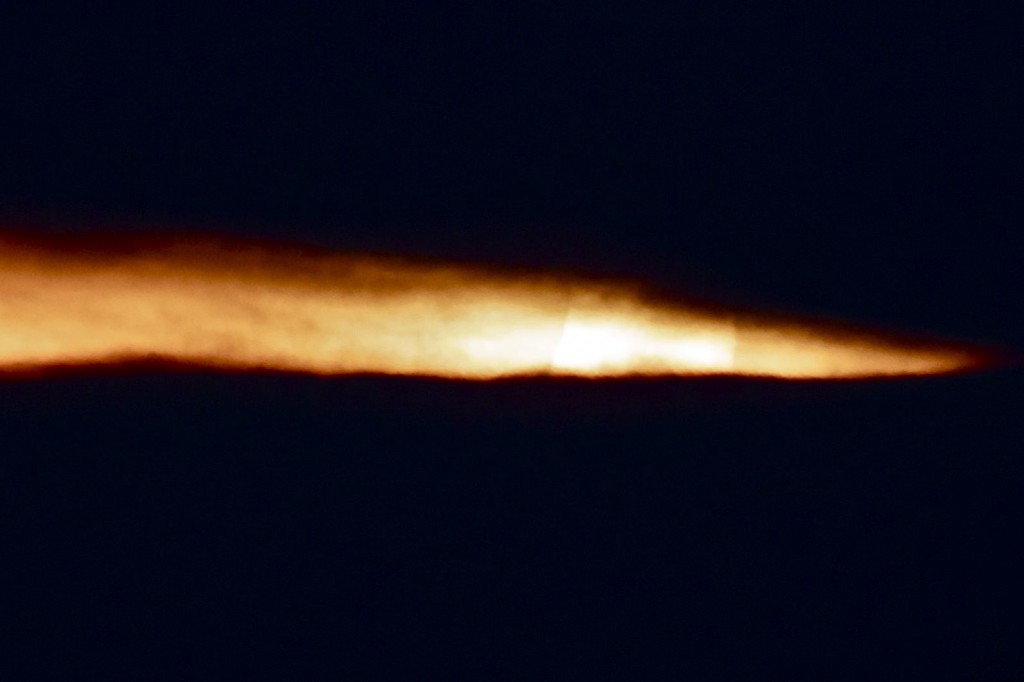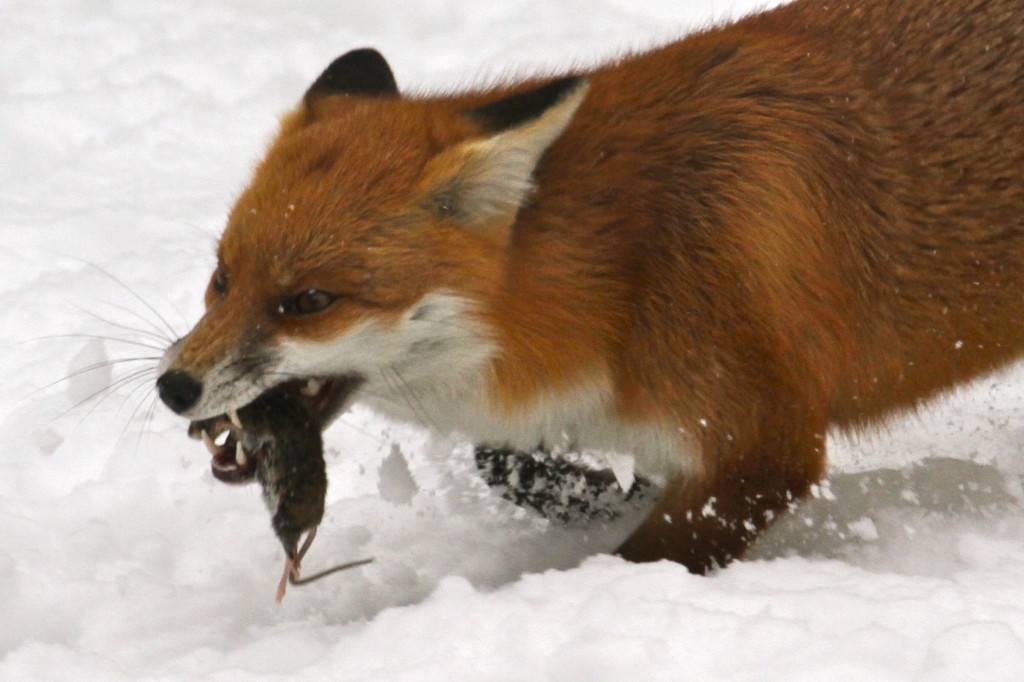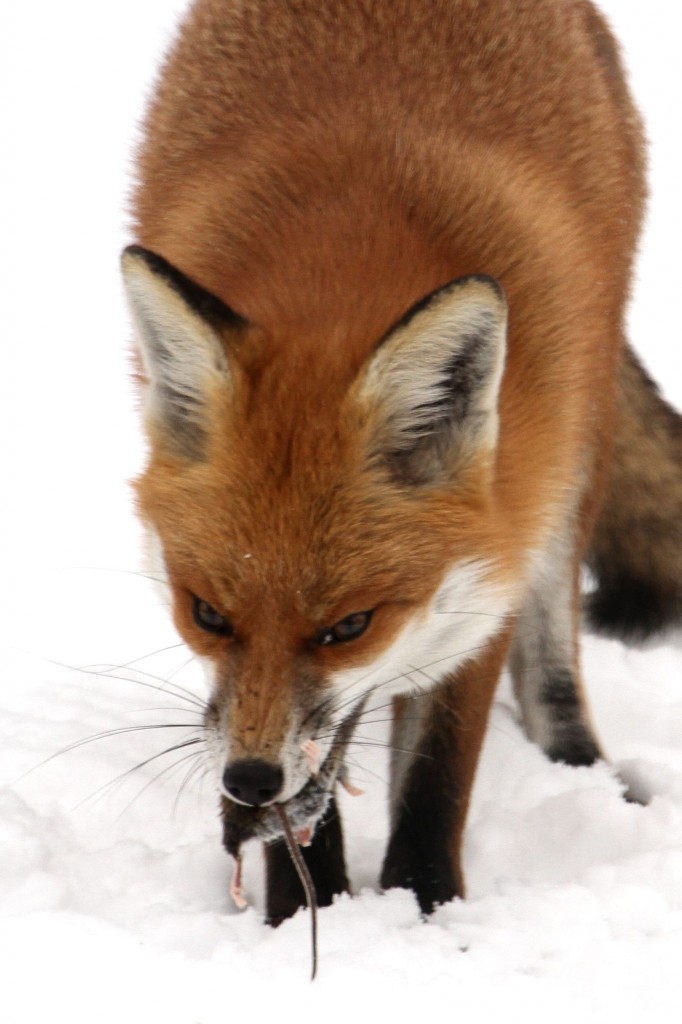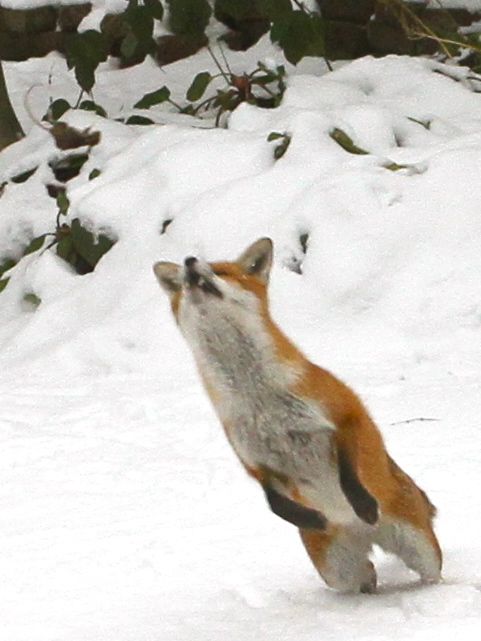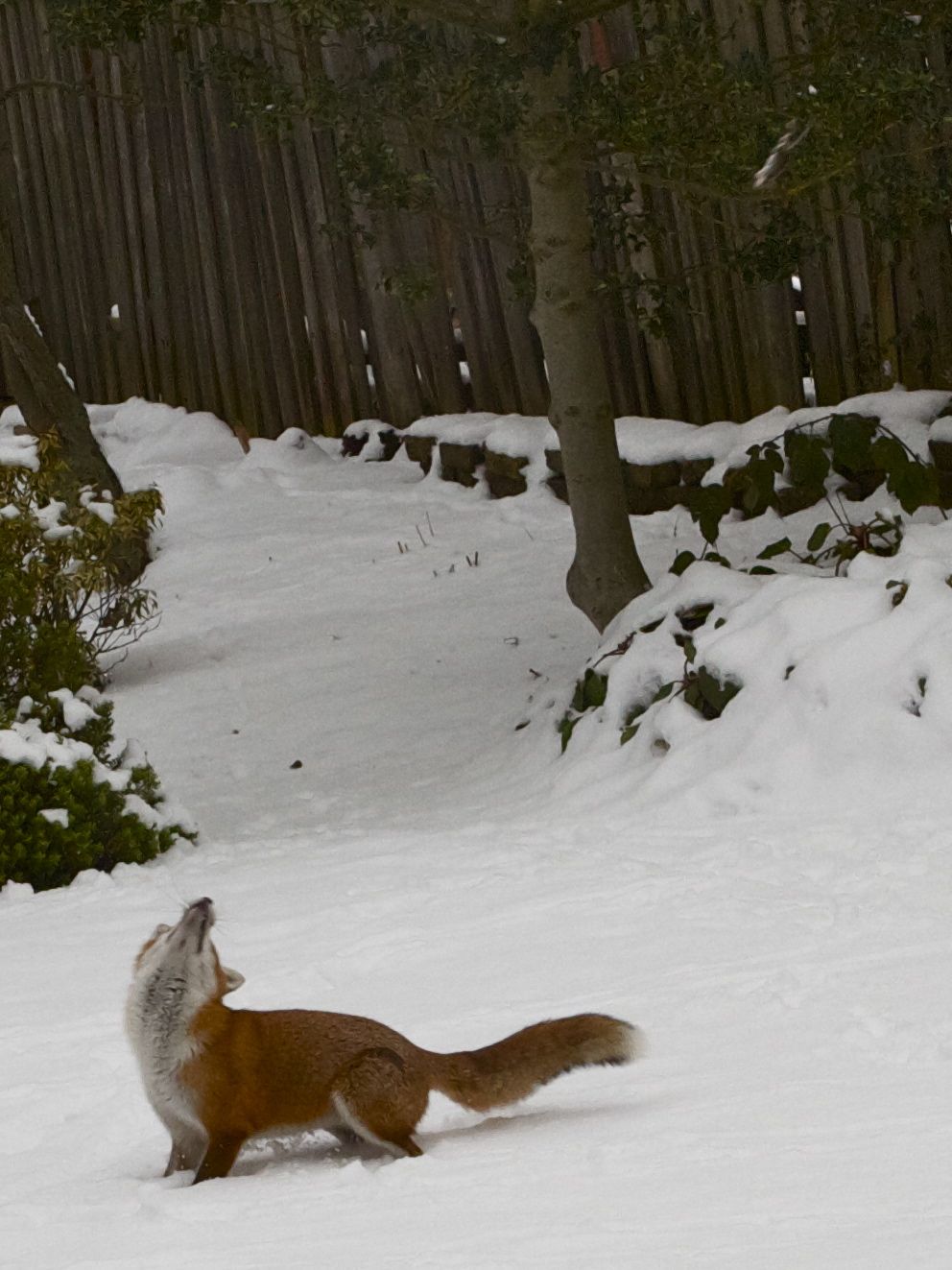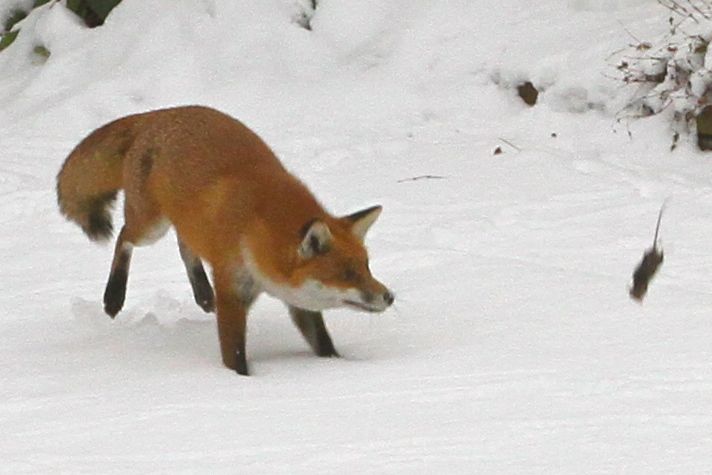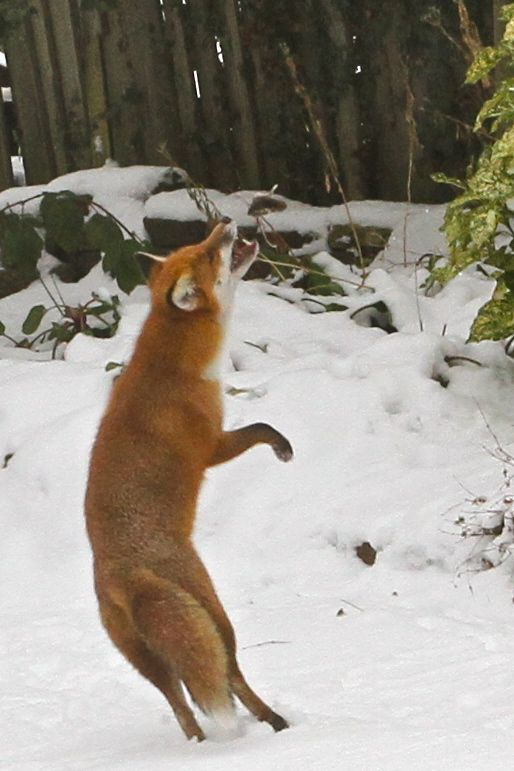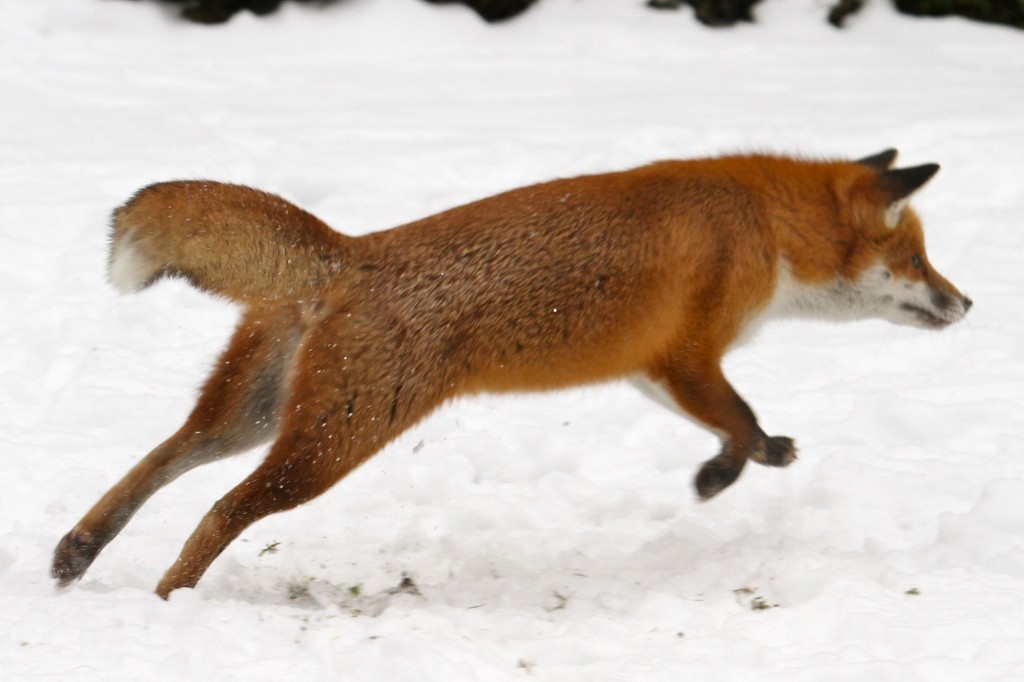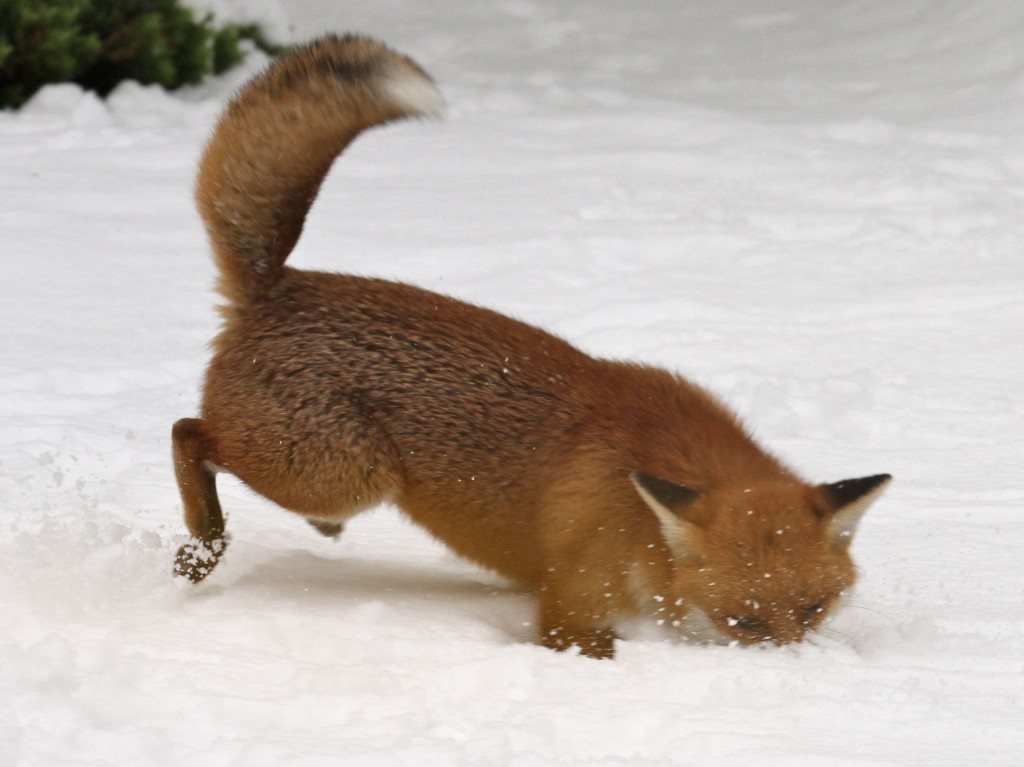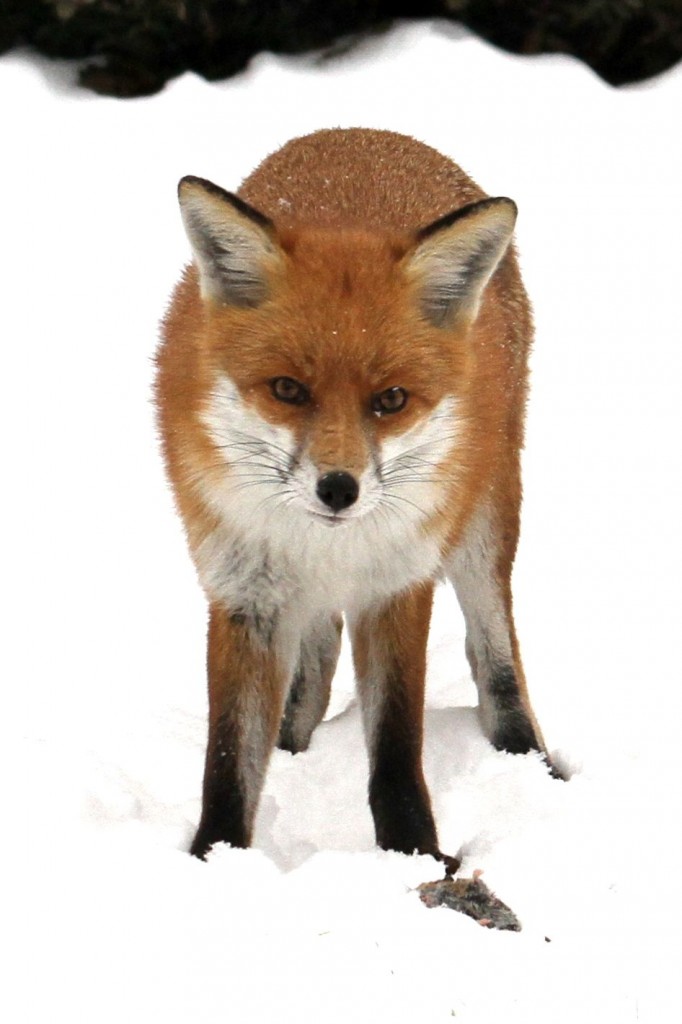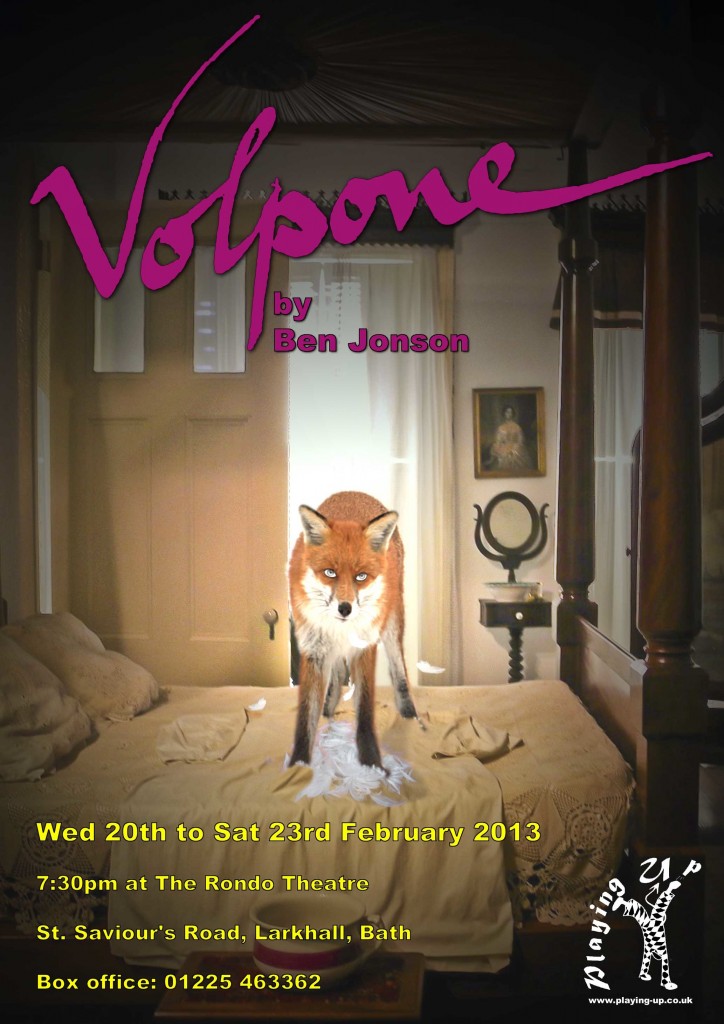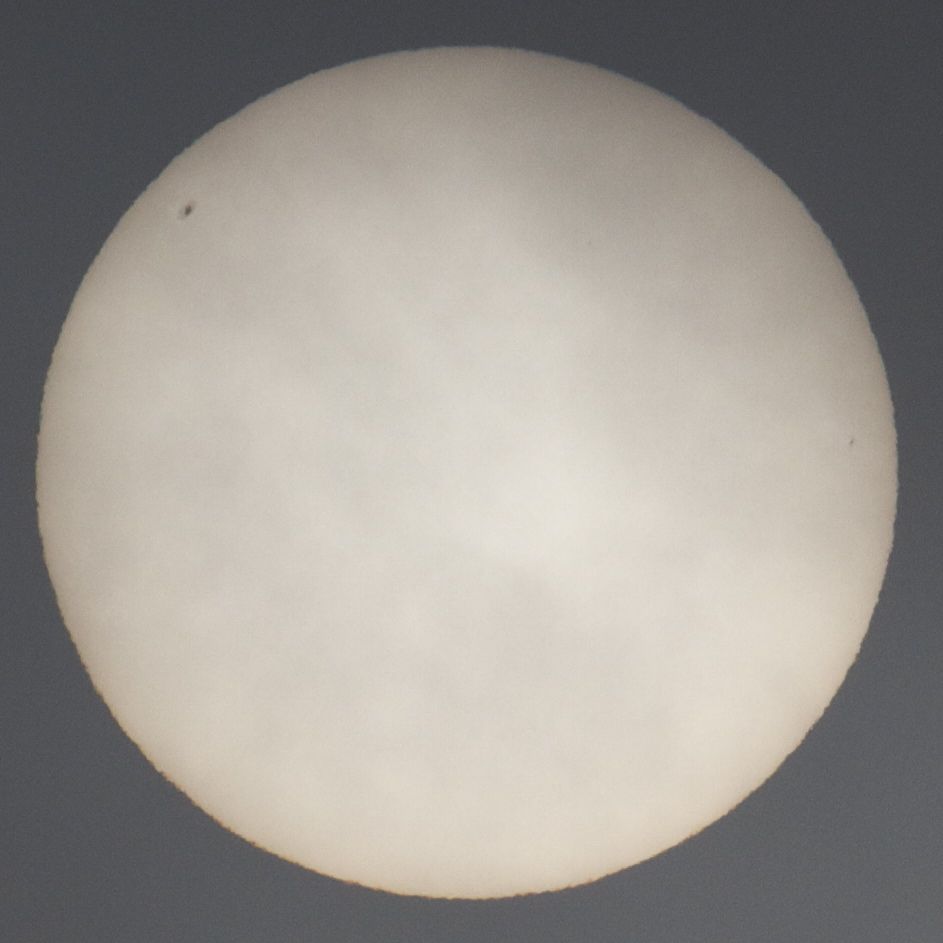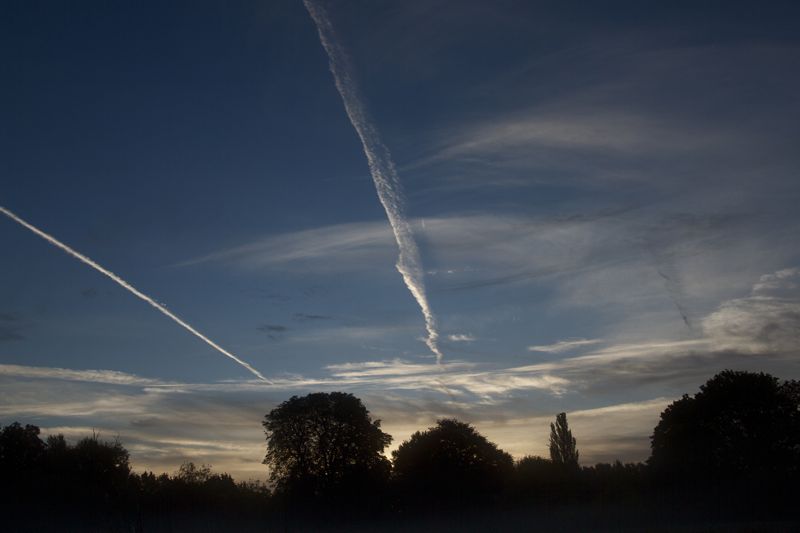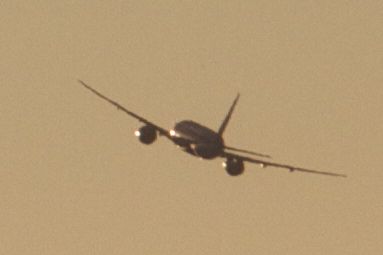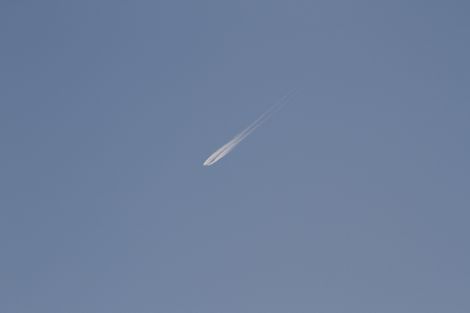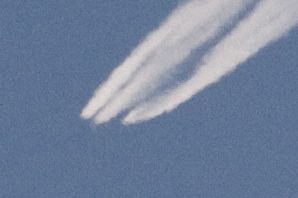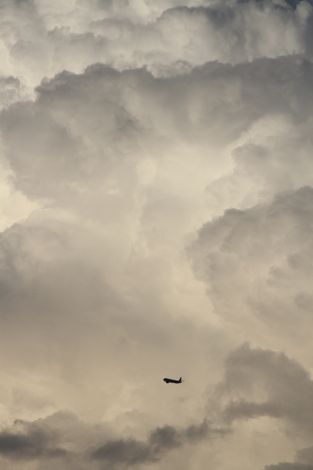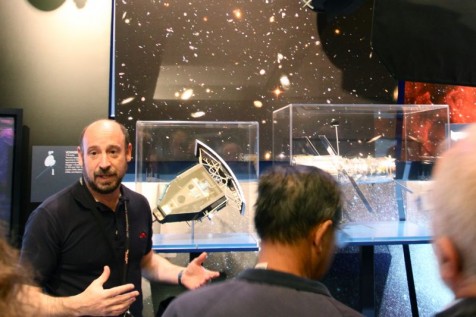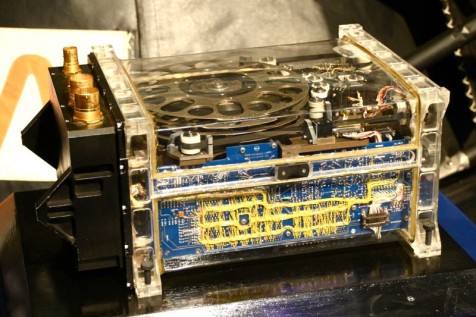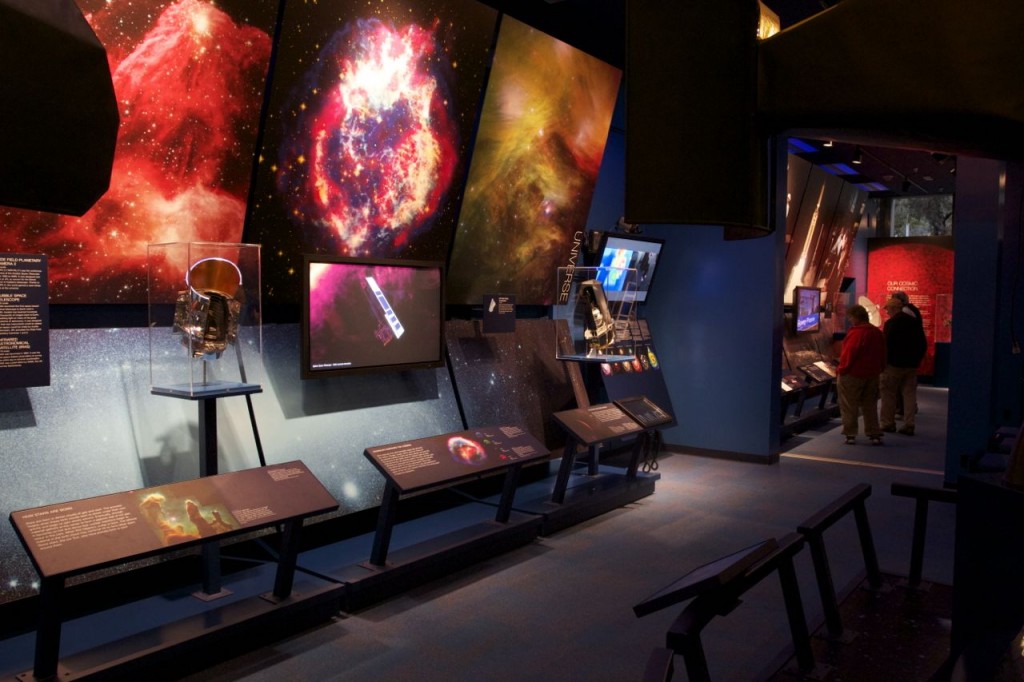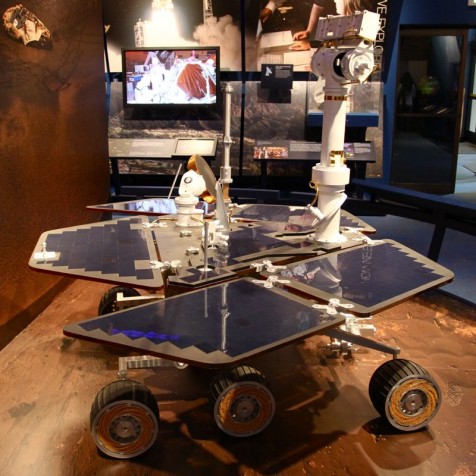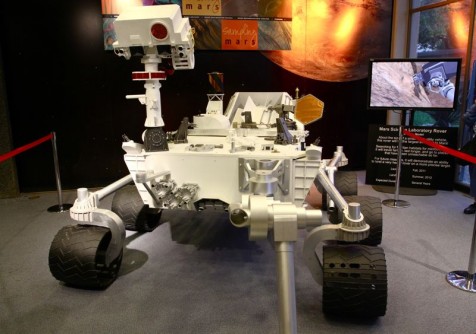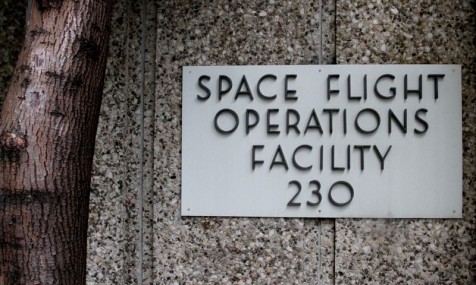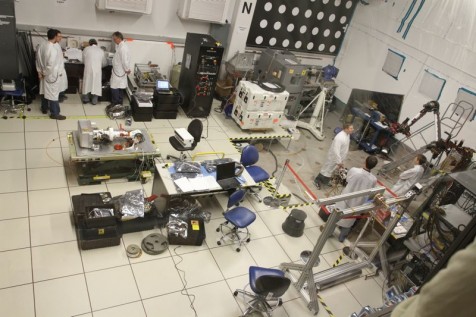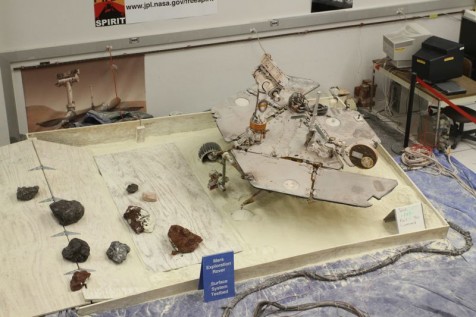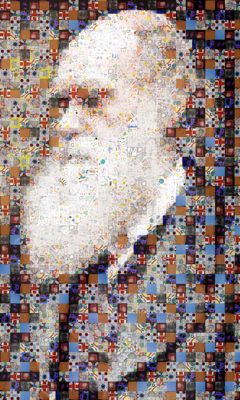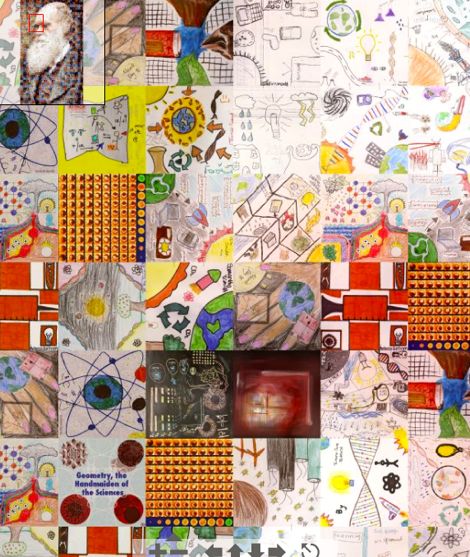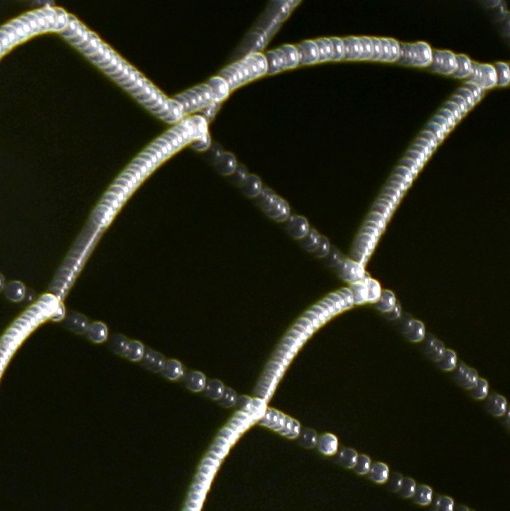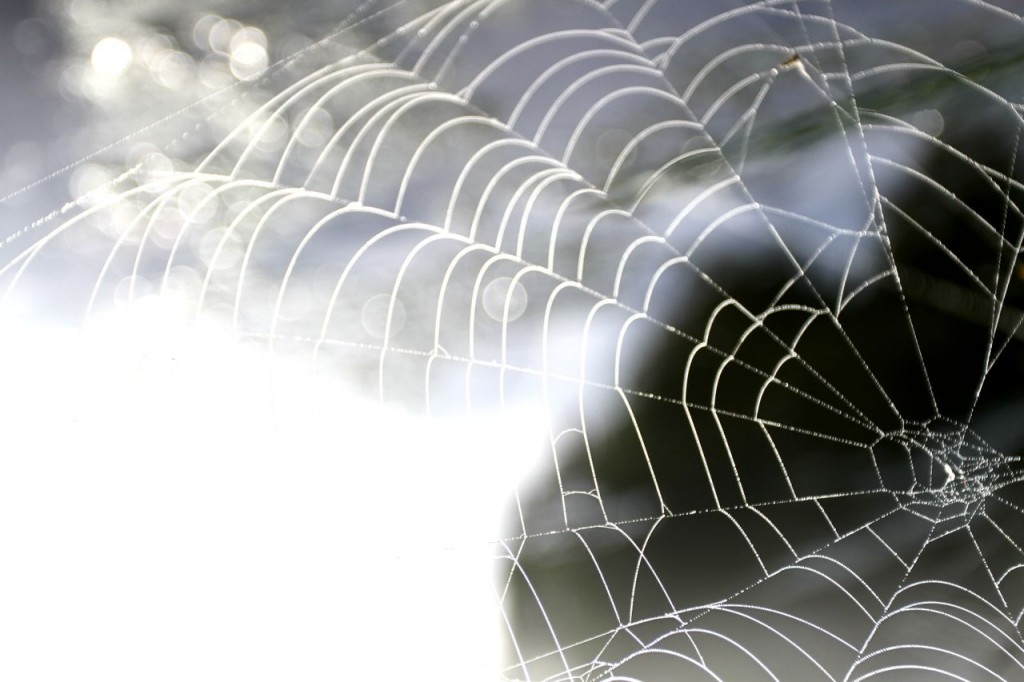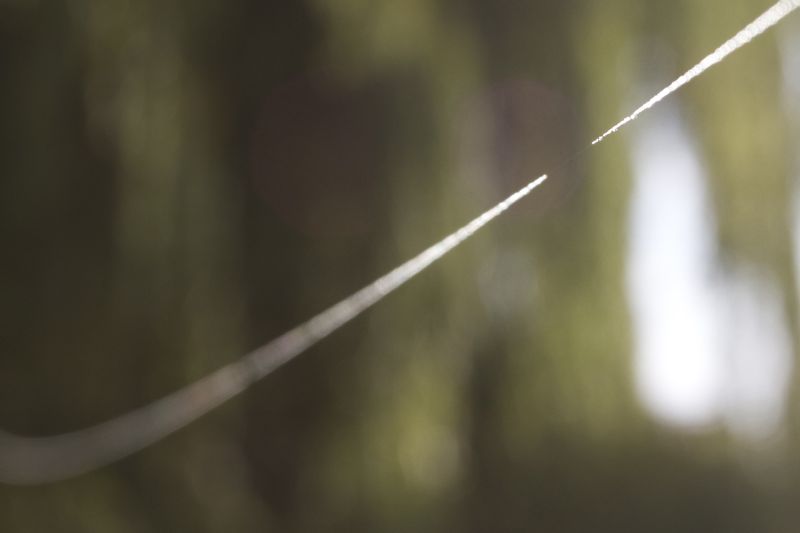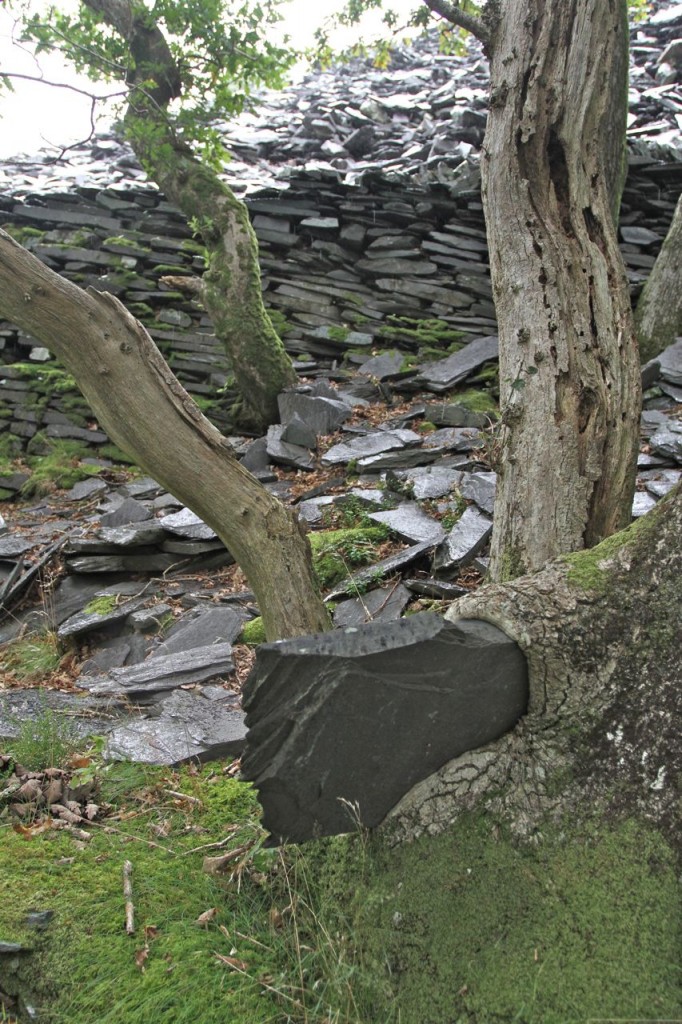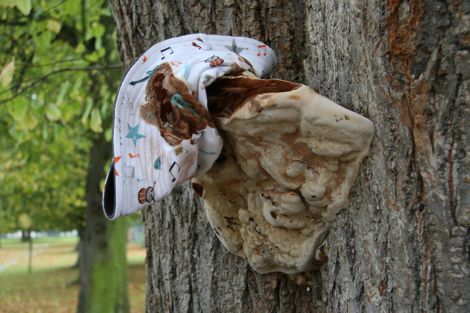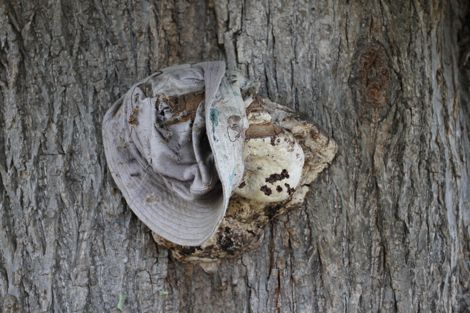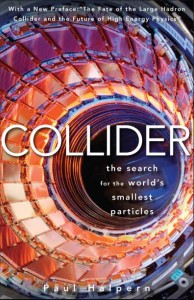
- Hardcover: 272 pages
- Publisher: John Wiley & Sons (28 July 2009)
- Language English
- ISBN-10: 0470286202
- ISBN-13: 978-0470286203
- Product Dimensions: 23.6 x 16.3 x 3.3 cm
Good luck I say to anyone setting out to write a popular science book on particle physics. The concepts are weird, the math is hard; and on publishing timescales there’s not a whole lot of new stuff worth talking about.
Moreover, it’s a tall order that’s less about content and more about the way you tell it. Happily, in Collider: The Search for the World’s Smallest Particles – Paul Halpern tells it well.
– Paul Halpern tells it well.
Anchoring the core physics around a theme is helpful: whether it’s Brian Greene on string theory or Paul Davies on the search for extra terrestrial life or, as in Halpern’s case, the physics, technology and people that have advanced our understanding of the subatomic world.
Collider is a story of impressive people building big machines to smash small particles together to reveal big truths. With CERN’s Large Hadron Collider (LHC) limbering up under the Franco-Swiss countryside, the timing couldn’t be better.
At 232 pages before the notes, Collider is manageable without being superficial, and has sufficient pace and variety to engage even those for whom memories of high-school science induce a cold sweat (and for whom leptons is just another brand of tea).
Tracts of quantum weirdness interspersed with biographical vignettes and discussions on collider engineering should ensure a broad spectrum of readers stay the distance. Those led out of their depth, however gently, will find delightful pangs of (at least partial) understanding along the way. Personally, the engineer in me found particular joy in the mix of ethereal concept and enabling technology that particle physics, perhaps more than any other field, embodies. Halpern as a physicist clearly enjoys and respects all aspects of the endeavour. Indeed, Collider stylistically is quite polymathic, even poetic in a Saganish sort of way:
“Alas, summer’s heat sometimes shapes cruel mirages. After modifying its equipment and retesting its data, the HPWF team’s findings vanished amid the desert sands of statistical insignificance. Skeptics wondered if electroweak unity was simply a beautiful illusion.”
Poetry aside, the physics kicks in early with unification, theories of everything (TOE), and the limitations of an incomplete Standard Model.
The better known particles are introduced via their discoverers’ stories: Thompson’s electron, Roentgen’s X-Rays, Becquerel and the decomposition products of uranium, Rutherford’s proton, and Chadwick’s neutron.
By describing relatively simple experiments from the early era, like the measurement of alpha and beta particle size, Halpern gives his subject a tangibility, a graspable air that prepares the mental ground for later complexities.
Following the evolution of particle sources, accelerators, and detectors, Collider takes us through a chronology starting with unaccelerated decay products striking stationary targets, to linear accelerators, to the various circular synchrotron variants like Ernest Lawrence’s Bevatron and Cosmotron, ending with the contra-rotating particle streams and super-cooled magnets of the LHC.
As beam energies increased, detectors became more complex, sensitive, and selective, allowing the existence of myriad new particles to be confirmed or discovered. Cloud and bubble chambers joined hand-held scintillation detectors and Geiger counters in the particle physicists’ armory, and as the forerunners of the giant counters, traps and calorimeters stacked up today in CERN’s ATLAS and ALICE experiments.
Halpern devotes the last three chapters to a discussion of dark matter, dark energy and the possibility of higher dimensions in the context of string, brane and M-theory, where he underlines the mutuality of physics and cosmology in understanding the bang, whimper, crunch or (somewhat depressing) rip possibilities of an uncertain multiverse.
Looking to the future, Halpern suggests the fate of particle physics itself is less certain than current LHC excitement might lead us to believe. If the Higgs Boson, higher dimensions, or mini-blackholes show up, then fine; but if they don’t – where do we go next?’. Larger machines might be an answer, but with costs that were never pocket money now truly enormous, stakeholders, including the physics community, will need to look to their priorities. And as if to say ‘don’t say it will never happen’, Halpern dedicates a whole chapter to the last, some would say terminal, back-step in American particle physics: the 1992 cancellation of the Reagan era Superconducting Super Collider (SSC).
Something Collider really brought home for me is how the nature of particle physics as a discipline and a career has changed. Individual pioneers have been replaced by research groups working on projects staffed by thousands. As Halpern says, if the Higgs were discovered, they’d be no obvious single candidate for the inevitable Nobel prize (except Higgs himself of course). Data filtration and computation as disciplines have become as important as the collider itself: the LHC is served by a global network of computers. That creates the opportunity for remote distributed working and facilitates multi-national involvement, but also means young researchers need to think about the kind of experience, and resume, they’re building. At PhD level already, Halpern says the slow pace of fundamental revelations has required a force-put change in the definition of what qualifies for the degree in particle physics [we can’t all split the atom for the first time, right?].
I’ve one critical note on the history, and maybe I’ve just been reading too many Cold War biographies of late, but I felt Halpern’s analysis underplayed the military motivation and sponsorship behind the adolescent years of particle physics. Given that the topic’s already well covered in works like Gregg Herken’s Brotherhood of the Bomb, and that I walked away from Collider feeling inspired rather than cynical, it’s a choice of emphasis I’m inclined to forgive.
So quibbles aside, Collider is a bit of a page turner – which by the timbre of my opening statements isn’t a bad endorsement. By presenting the obscure realities of particle physics in the context of the machines and people that revealed them, Halpern has for sure made an unfamiliar pill easier to swallow.
